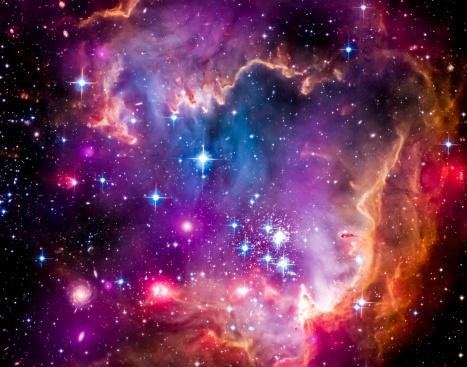In a groundbreaking study, astrophysicists have uncovered convincing evidence for the existence of extremely massive stars and their explosive demise.
These celestial giants, whose masses range from 140 to 260 times the mass of our Sun, led to double instability supernovae (PISNe), a phenomenon never seen in first-generation stars.
The findings, published in the journal Nature, provide a crucial clue to understanding the initial mass distribution of stars in the early universe.
Professor Alexander Heger, principal investigator at Monash University, described the study as “significant progress”.provides Key clues for constraining the initial mass function of stars in the Early Universe. Previously, there was no evidence of PISNe in first generation stars.”
The star at the center of the study, LAMOST J1010+2358, was first identified as a metal-poor celestial body in the galactic halo during the LAMOST (Large Sky Field Multi-Object Fiber Spectroscopic Telescope) survey. To dig deeper, the researchers used the Subaru Telescope to perform a high-resolution spectroscopic observation.
By analyzing its composition, More than ten elements found in abundance in LAMOST J1010+2358. The results were surprising, revealing significantly lower sodium and cobalt levels, and the star’s sodium-iron ratio was less than 1/100th of what is observed in our Sun.
Professor Heger explained: “The abundance of sodium, magnesium, cobalt and nickel shows a pattern unique to PISNe. The odd odd-even variation, as well as the sodium and α-element deficiencies in this star, is consistent with the predicted chemical fingerprint of the primitive PISN of first-generation stars with 260 solar masses.”
Caused by hydrodynamic instabilities caused by electron-positron pair formation in the final stages of a massive star’s life, PISNe unleashes catastrophic forces that completely destroy the star and leave no trace behind. These extraordinary explosions can be a hundred times more powerful than a typical supernova and release an astonishing amount of energy into the cosmos.
One of the most energetic PISNe events, LAMOST J1010+2358 has an abundance of iron that surpasses even the metal-poorest stars in the galactic halo. This discovery suggests that second-generation stars composed of gas enriched by PISN remnants may exhibit higher levels of metallicity.
Source: Tec Mundo
I’m Blaine Morgan, an experienced journalist and writer with over 8 years of experience in the tech industry. My expertise lies in writing about technology news and trends, covering everything from cutting-edge gadgets to emerging software developments. I’ve written for several leading publications including Gadget Onus where I am an author.












